Search
Looking for something in particular? Search for it here.
Looking for something in particular? Search for it here.
Frontier farmers relied on animal labor and hand tools. Then the railroad brought an influx of immigrants willing to work. In the 20th century, the number of farms and farmers in McLean County decreased, while the number of acres in a farm continued to rise.

Frontier farmers were faced with the challenge of producing enough livestock and crops to support their survival using only animal labor and hand tools. Before they could plant, they had to break the land.

The railroad arrived in 1853, bringing with it an influx of immigrants willing to provide labor on McLean County’s growing farms.

From 1850 to 1900, the typical McLean County farmer made a living as a diversified farmer, growing a rotation of corn, wheat, oats, and hay which was stored on the farm and then fed to the cattle and hogs that were raised for market. Advances in the plowing, planting, cultivating, and harvesting of crops meant more acres could be farmed with less labor.

As McLean County farms grew in size, so too did the farmers' ability to raise livestock for market. Those with the capital to invest in high quality breeding stock earned the highest profits. These were typically the successful livestock feeders.
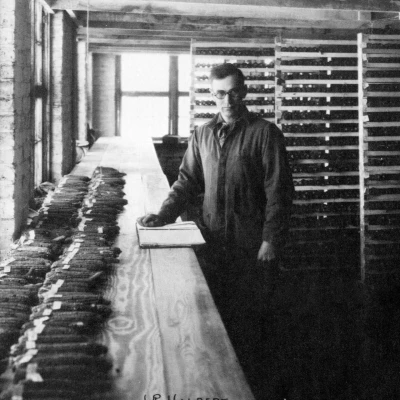
In 1883 McLean County farmer and entrepreneur Eugene D. Funk began to develop a modern system of hybridization. In 1915 he hired Dr. J. R. Holbert, whose inspired research quickly achieved Funk’s goal to produce high-yielding commercial hybrids. Funk continued to develop improved hybrids that dramatically increased corn production in McLean County and around the world. The Great Corn Belt exists today because of Funk’s scientific and visionary approach to producing high quality seed corn.
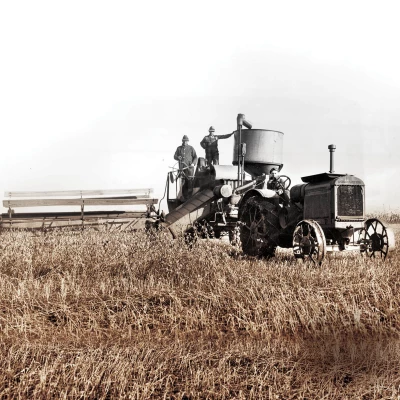
Labor shortages during WWI and II, the Great Depression, improved equipment, and the shift of many farmers away from the farm dramatically impacted farming in the early 20th century.

From 1900 until the end of WWII, McLean County farmers continued to raise a diverse variety of livestock.
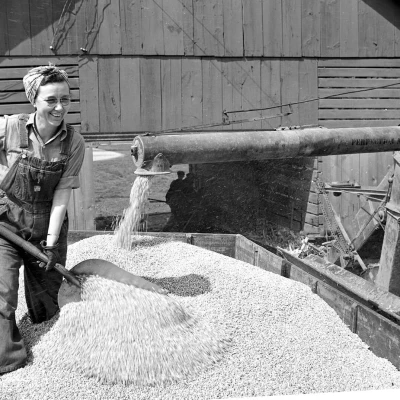
The purchase of mechanized tools, like tractors and harvesters, increased equipment costs for the tenant farmer. But if he managed the farm well, the costs of labor and maintenance of animal power were reduced enough to balance out the cost of the machinery and increase his profits.

After World War II the number of farms and farmers in McLean County slowly decreased. At the same time, the number of acres in a farm continued to rise. Larger farms required bigger, more complex equipment in order to get the job done. But not all farmers—or their children—had the capital or the desire to continue farming given the financial risks.
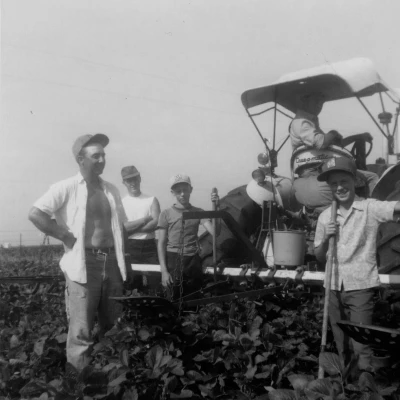
After WWII many McLean County farmers reduced or totally eliminated livestock production in order to focus on more profitable corn and soybean crops. As larger, more advanced technology became available, farmers were able to finish planting their crops in the seven to ten days of good weather typically available each spring.
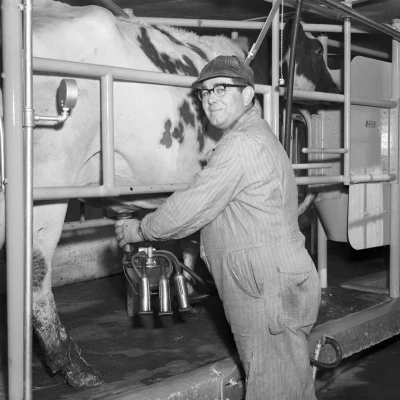
After WWII profits for those raising livestock began to decrease. As a result, so too did the number of livestock farmers. Those who continued to raise livestock had to adopt new management techniques if they were to be successful. To offset smaller profit margins, they invested in equipment and buildings that reduced land and operation costs, and increased production efficiency through controlled environmental conditions.